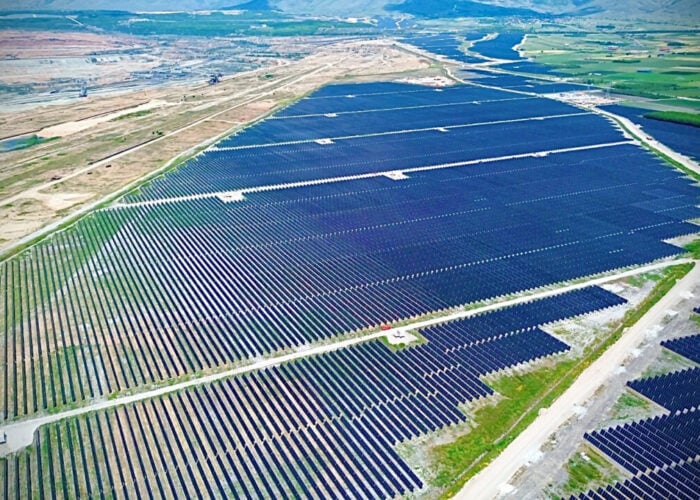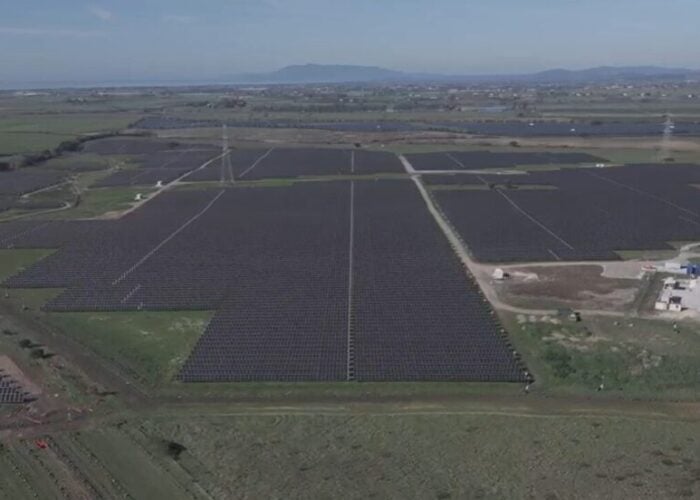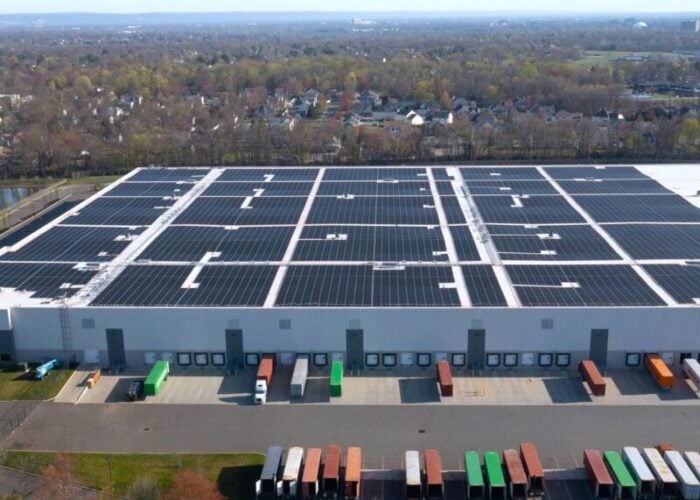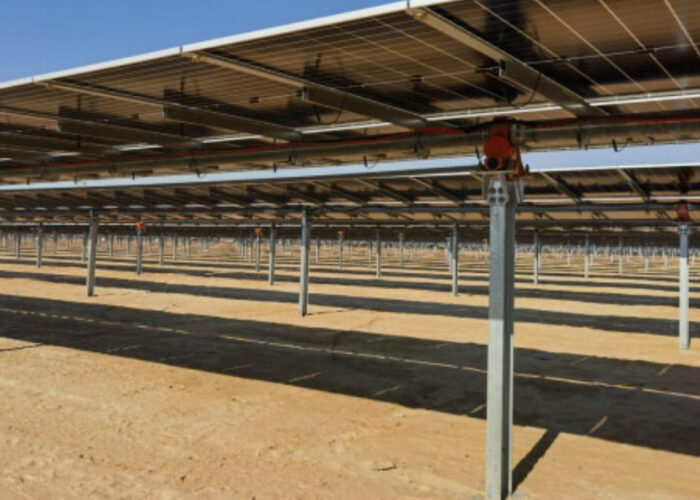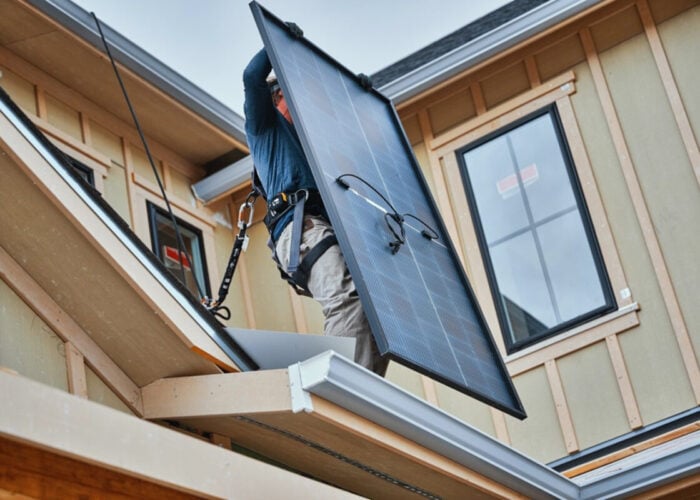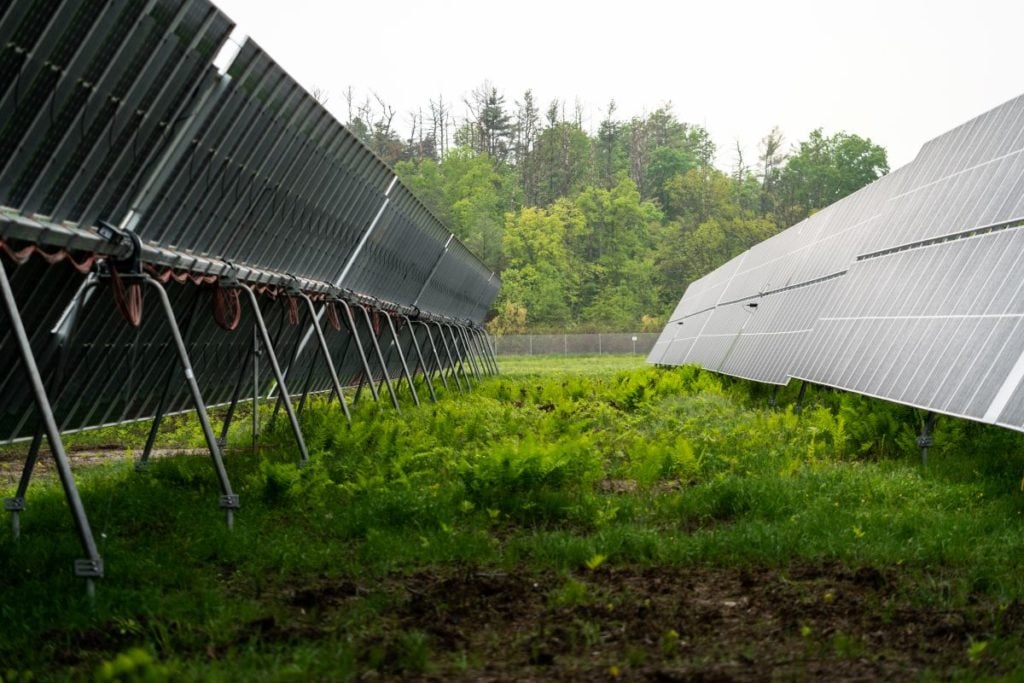
Interest in agrivoltaics (agriPV) in the US has started to grow among several developers PV Tech spoke to at the RE+ solar and storage trade event in Las Vegas last week.
These projects could also have the potential to help in terms of permitting at a local level and with the social license, according to the US Department of Energy (DoE) Solar Energy Technologies Office (SETO).
Unlock unlimited access for 12 whole months of distinctive global analysis
Photovoltaics International is now included.
- Regular insight and analysis of the industry’s biggest developments
- In-depth interviews with the industry’s leading figures
- Unlimited digital access to the PV Tech Power journal catalogue
- Unlimited digital access to the Photovoltaics International journal catalogue
- Access to more than 1,000 technical papers
- Discounts on Solar Media’s portfolio of events, in-person and virtual
“When you’re talking about it, you’re saying to the local government, are you willing to say that this is an industrial site that we’re going to also do farming on? It just blows people’s mind. Because normally it’s either industrial or it’s farming. So this requires them to blend those two together in terms of the rezoning and that happens at the local level,” says Michele Boyd, program manager of the Strategic Analysis and Institutional Support team at the US DoE SETO.
Speaking to PV Tech for an interview at last week’s RE+ solar and storage trade show in Las Vegas, US, Boyd says that agriPV could help developers in terms of permitting but also with the social license to operate the plant.
Even though agriPV still seems like a new area to explore for the solar industry, the DoE SETO has been working on it since 2015 and looking at ways to co-locate solar with agriculture on the same land, either through grazing or crops. But also including pollinator habitats that can be combined with grazing.
As interest in agriPV rises in the US among several developers and independent power producers in the utility-scale segment, community solar developer Lightstar Renewables has started work on its first agriPV project as it is looking into combining the development of community solar projects with agricultural land. The company is developing nearly 300MW of agriPV projects across the country.
With many people still reticent to the idea of seeing solar farms near them, more so on land that used to be used for agricultural purposes and is no longer the case. Making sure that farmers can still grow their crops, or use the land for grazing is a way to convince, not just farmers, but also the communities near these projects of the benefits of combining solar PV with farmland.
Unlike in Europe, where several projects have already been built and are being developed across several countries – with Italy as one of the forefront countries in agriPV –, one of the challenges the US faces is the lack of many operational agriPV projects that could help developers get a bigger exposure and showcase the benefits of it to farmers in order to convince them to share space of their farmland to add solar panels.
“A way to kind of mitigate that is to get agriPV kind of across the line, which is integrating solar farms on farmland, but making the two coexist equally.” Allison DeNunzio, director of engineering at Lightstar Renewables. DeNunzio added that the company is looking into the design challenges of having solar on farmland, such as the space between panels to allow tractors to pass through, or the capital expenditure that goes into constructing these projects.
“That’s kind of why we’re doing it. It is land stewardship. Make sure that previously farmed land that has been generationally farmed, is not taken out of farming. It is now farmland plus solar. So we’re creating affordable energy options, plus a little bit of extra money for the farmer to use. That’s really the goal with agriPV.”
Moreover, it is not just US solar developers that are interested in the dual application of agricultural land with solar PV, with tracker manufacturers also studying how productivity can affect crops.
Thanks to its research and development facility in Brazil, solar tracker supplier Nextracker has been studying the productivity of crops with agrivoltaics. However, Greg Beardsworth, senior director of product marketing, says it is still too early for the company but it is working on its application. “Agrivoltaics is a long term trend. The idea of dual-use for the land, may become a must have for projects to get permitting, but that’s not the case yet. But we’re starting to see some of those pressures.”
As more US companies are looking into the benefits of combining agricultural land with solar PV, both its applications and growth is poised to increase in the coming years, especially if these projects have more facility in securing permitting and social licenses.
More to follow on the use of agriPV in community solar projects on PV Tech Premium in the coming weeks.

